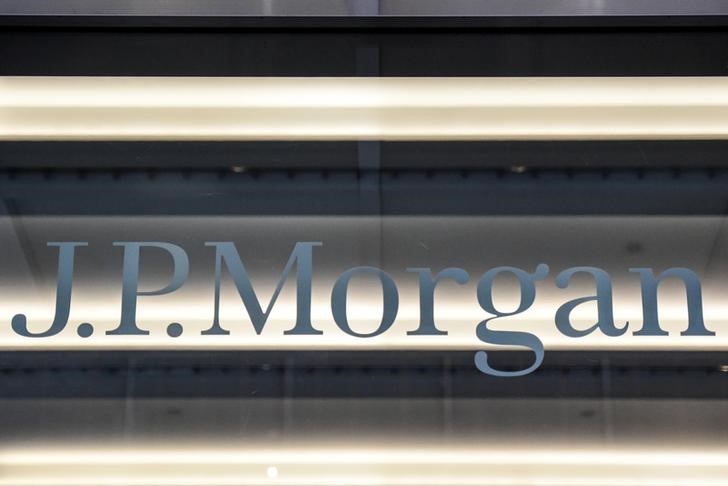This post was originally published on this site

(Reuters) – The amount of U.S. corporate loans and bonds trading at distressed levels has reached its lowest in 11 months, according to a JPMorgan (NYSE:JPM) research report on Tuesday.
As of July’s end, $209 billion of junk-rated debt traded at large discounts to par value, or 100 cents on the dollar, which reflects market concerns the borrowing company could fail to make payments or default on its debt, the report said.
However, the volume of junk-rated corporate loans themselves trading at distressed levels has fallen for two consecutive months, nearing a year-to-date low in July, it said.
Loans are classified as distressed when investors trade them at or less than 80 cents on the dollar, a sign of low confidence in the borrower’s ability to keep up with payments on its debt.
At the end of July, $110 billion of outstanding loans traded at distressed levels. It marked the second straight month of declining distressed trading of junk-rated loans, after reaching a year-high in May, according to data in the report.
Despite the month-to-month decline, distressed trading has remained at elevated levels since late last year, as many companies have struggled to absorb the U.S. Federal Reserve’s interest rate hikes to curb inflation.
In an analysis of 305 B3-rated companies, Moody’s (NYSE:MCO) Investors Service reported on July 27 after the latest U.S. interest rate hike that more than half of these borrowers would struggle with interest coverage ratios falling below one-to-one cash to debt payments through this and next year.
“The high cost of capital, combined with difficult lending conditions and weak profit forecasts has rendered a greater disadvantage for this heavily indebted rating class,” said Shirley Singh, a vice president with Moody’s.
Many of these companies could enter into distressed exchanges, or deals with lenders to avoid bankruptcy, said Singh.
At 22%, loans to junk-rated healthcare sector issuers made up the highest portion of distressed trading last month, according to the JPMorgan report. That was followed by the technology and services sectors.




